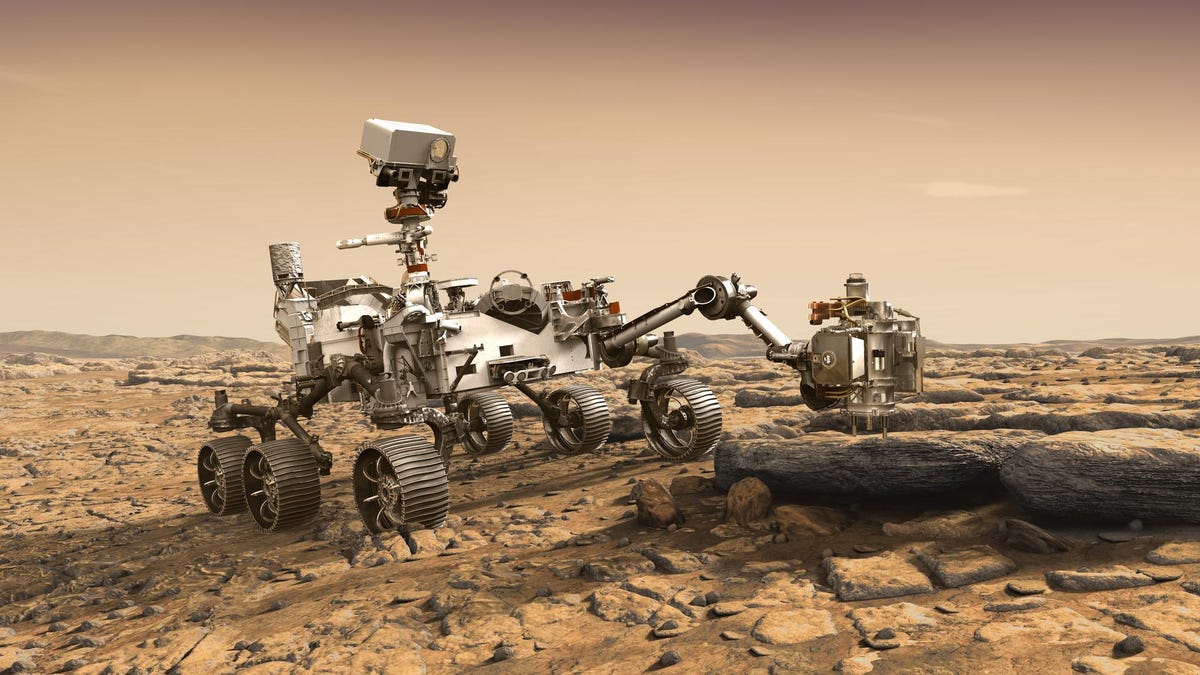NASA Mars 2020 Rover gets new wheels
The new Mars Rover finally has a set of legs to stand on.

The Mars 2020 rover is set to make its way to the Red Planet in 2020.
NASA's Mars 2020 Rover finally has set of wheels and legs. NASA engineers this week installed the starboard legs and wheels and a new port suspension system for the 2020 Mars Rover in the Jet Propulsion Laboratory in Pasadena, California.
NASA had been monitoring previous Mars Rover Curiosity's wheel damage for years, as dents became holes and then cracks in the raised treads. In Jan. this year, NASA posted photos of the wheel damage before the heartbreaking death of Curiosity in Feb.
For the 2020 model, both legs are made of titanium tubing like that used on bicycles. The current six wheels installed on the rover are for testing purposes only, and will be replaced in 2020. The wheels all have their own motor, and the front two and rear two wheels additionally have steering motors.
That way, the rover can turn 360 degrees while standing in one place.
The "rocker-bogie" suspension system then allows the rover to drive over rocks and obstacles, and handle 45-degree tilts without falling over.
The new legs and wheels on the NASA Mars 2020 Rover.
"With the suspension on, not only does it look like a rover, but we have almost all our big-ticket items for integration in our rearview mirror -- if our rover had one," David Gruel, the Mars 2020 assembly, test and launch operations manager at JPL, said. "Now that's a Mars rover."
NASA is next expecting to install the rover's robotic arm, mast-mounted SuperCam and Sample Caching instrument. The cashing instrument has 17 separate motors that will work on collecting rock and soil samples.
NASA's Mars 2020 Rover will be launched in July 2020 from Cape Canaveral Air Force Station, Florida, and is set to land on Mars in February 2021.
NASA also announced selecting three finalists for future mission concepts.
The future mission concepts include a robotic mission in 2022 to examine two asteroid systems, a lunar orbiter studying water on the moon and twin spacecraft to study Mars energetic particles.
At least of these will become a project, NASA said Thursday.

